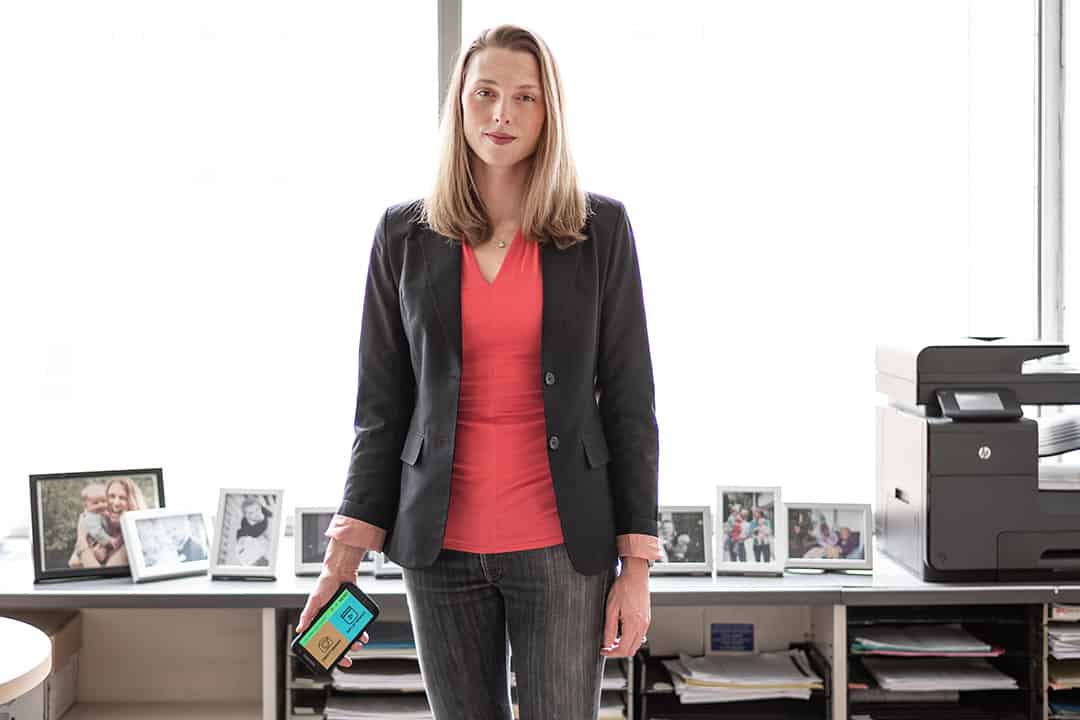Dr. Morgan Barense, Associate Professor in U of T’s Department of Psychology, and Dr. Christopher Honey, Assistant Professor in Johns Hopkins University’s Department of Psychological & Brain Sciences, are collaborating to build an “external hippocampus” for smartphones, based on the seahorse-shaped part of the brain responsible for long-term memory.
The Hippocamera app mimics how the brain replays memories for retention. It lets its users record moments they wish to remember and plays these memories back repeatedly at increased speed, mirroring the hippocampus’ process.
“It’s different [from] you just scrolling through your photos on your phone,” explained Barense in an interview with The Varsity. “The way we’re having people look back at these videos is mimicking how the hippocampus steps through events of one’s life. It’s organized in such a way that is externally simulating the way that the brain is representing memories. Just looking through your Instagram feed isn’t doing that systematically.”
Barense added that the app gives reminders for when memories should be replayed to follow the best memory retention patterns.
Hippocamera was conceived in 2014, when Honey approached Barense with the idea for a wearable device to help Alzheimer’s patients. Barense compared the original idea to Google Glass — it would’ve created images of “word clouds” for its user as they went about their daily lives. These words would appear when looking at certain things to remind the user of their significance.
That idea was eventually scrapped due to concerns that it would be too distracting for its users.
The current form of Hippocamera was developed with the input of postdoctoral researcher Dr. Christopher Martin, Research Coordinator Dr. Rachel Newsome, graduate student Brian Hong, and undergraduate student Andrew Xia.
Hippocamera is still at the development stage and has only been tested on healthy older adults showing no signs of cognitive decline. The team has started trials with individuals showing early signs of cognitive decline, with the goal of moving onto trials with individuals suffering from Alzheimer’s disease.
There is still a lot of work to be done before releasing the app to the public. With funding from the Centre of Aging and Brain Health Innovation and the Canadian Institutes for Health Research, Barense and her team are now testing how artificial intelligence can be used to support the app. Their hope is to develop the technology to make meaningful connections by grouping together similar memories, similar to how a regular human brain functions.
Other apps that aid patients with Alzheimer’s disease are on the market, but Hippocamera is the first to mimic actual brain function. While similar life-logging apps exist, they tend to leave the organizational functions to the user. Hippocamera demands minimal management, allowing it to be used even by disoriented users.
Beyond physiological well-being, the app may bring about psychosocial benefits. Those who have used the app say that it is fun and very easy to use.
Forgetting parts of one’s life can be very disorienting. Barense hopes that the app can help reduce anxiety and improve well-being with improved memory.
“We’re looking to see if memory enhancement, ways in which our memories get better, [is] related to improvements in psychosocial well-being,” said Barense. “Just having better memory [might] make an individual a happier person with a stronger sense of identity.”


